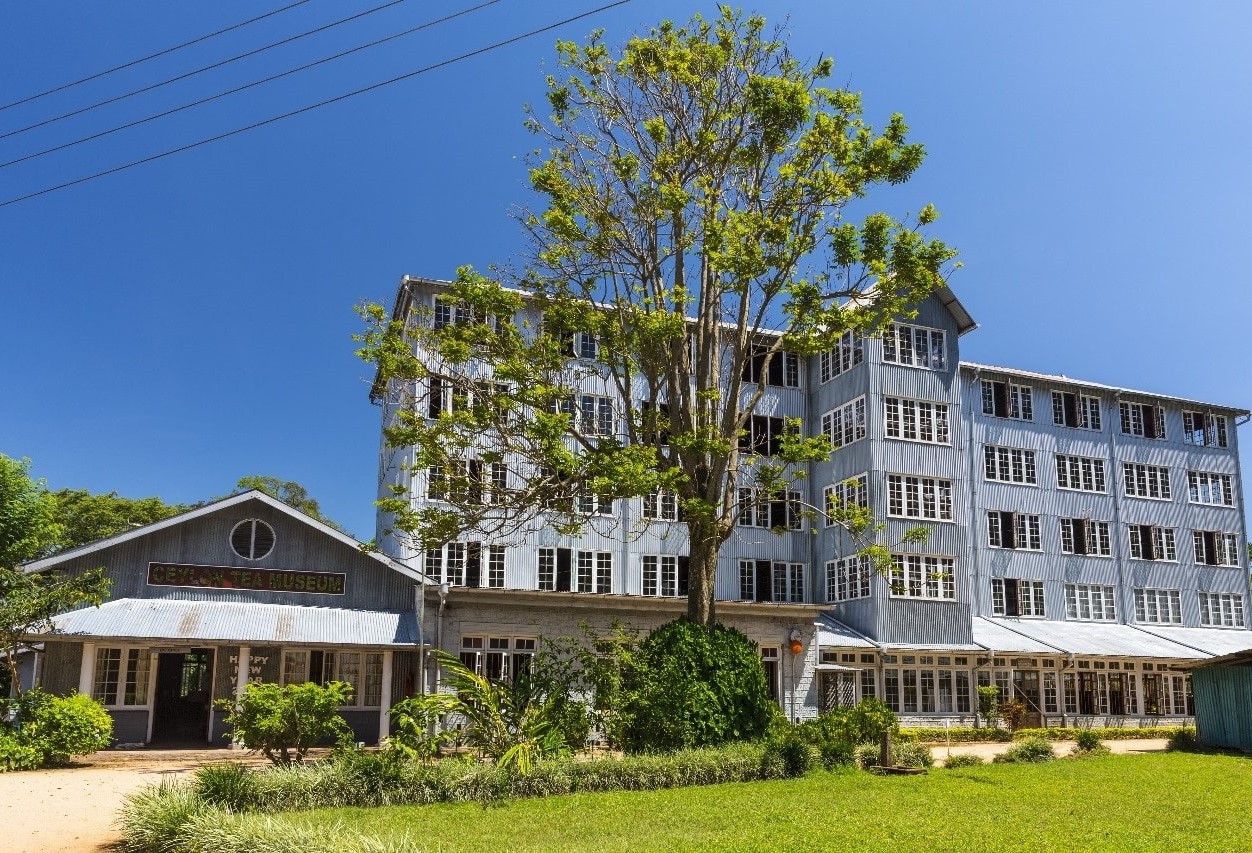The Pekoe Trail in Sri Lanka
The Pekoe Trail is a newly established long-distance walking trail in Sri Lanka. It covers 300 kilometers (185 miles) of the central highlands of the country. It is also considered the first ever long-distance walking trail, which provides a unique experience for hikers, trekkers,…
The Ceylon Tea Museum in Kandy
The Ceylon Tea Museum is another nice place to visit near Kandy, Sri Lanka. It is a museum where visitors can learn about the history of Ceylon tea while watching the ancient industry equipment. The situated places are called ‘Hanthana, where you can easily…
Exploring Ceylon Tea Estates: A Journey into Sri Lanka’s Tea Gardens
Step into a world of vibrant greenery, rolling hills, and the delightful aroma of freshly brewed tea. Sri Lanka, famous for its exquisite Ceylon tea, is home to magnificent tea estates that offer a captivating glimpse into the heart of the country’s tea gardens….






